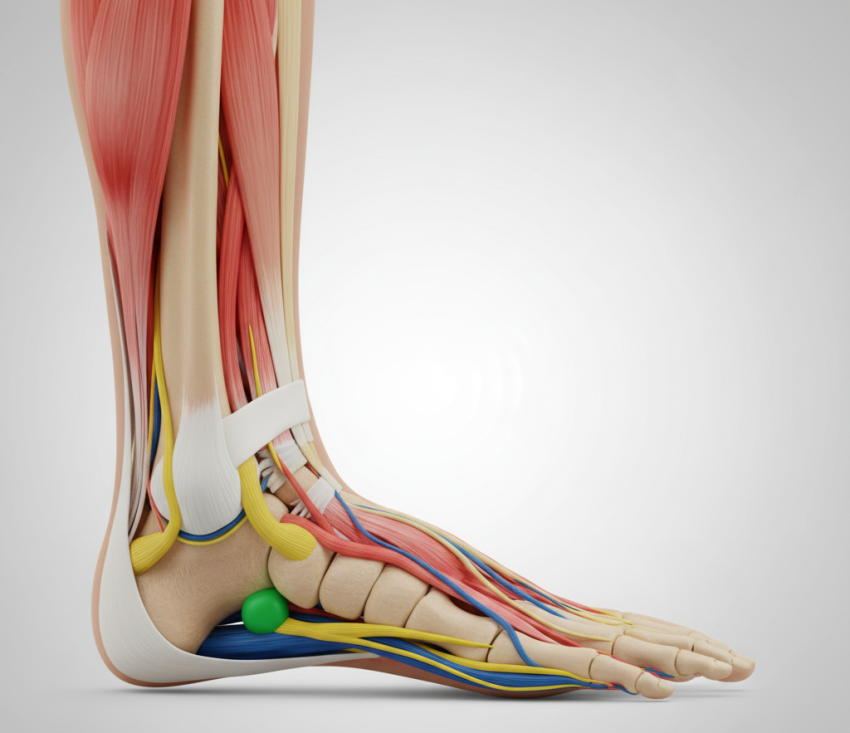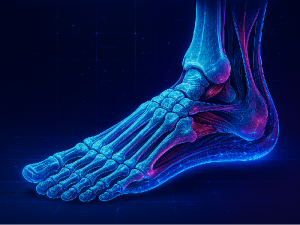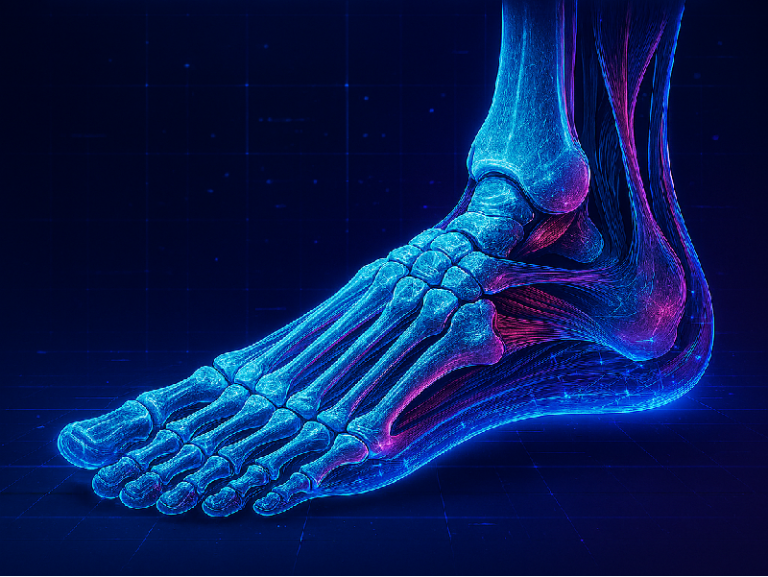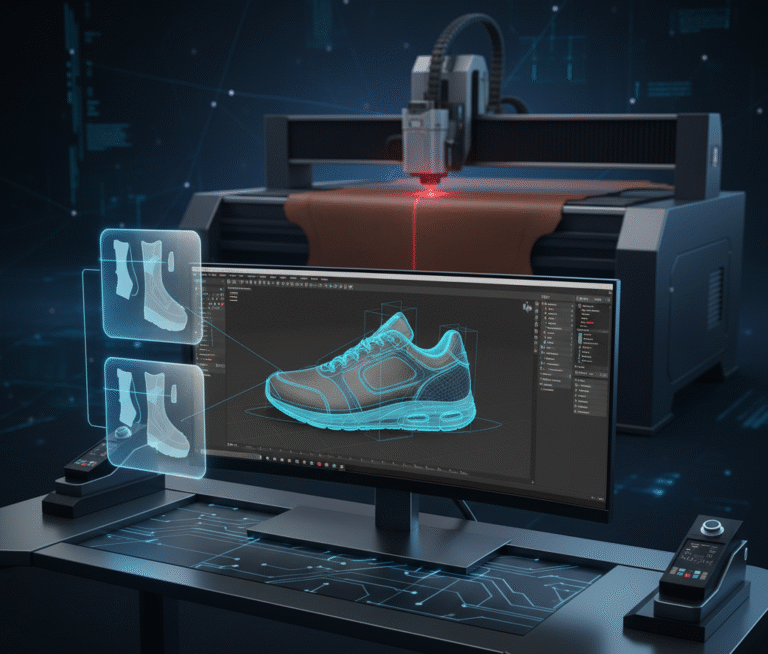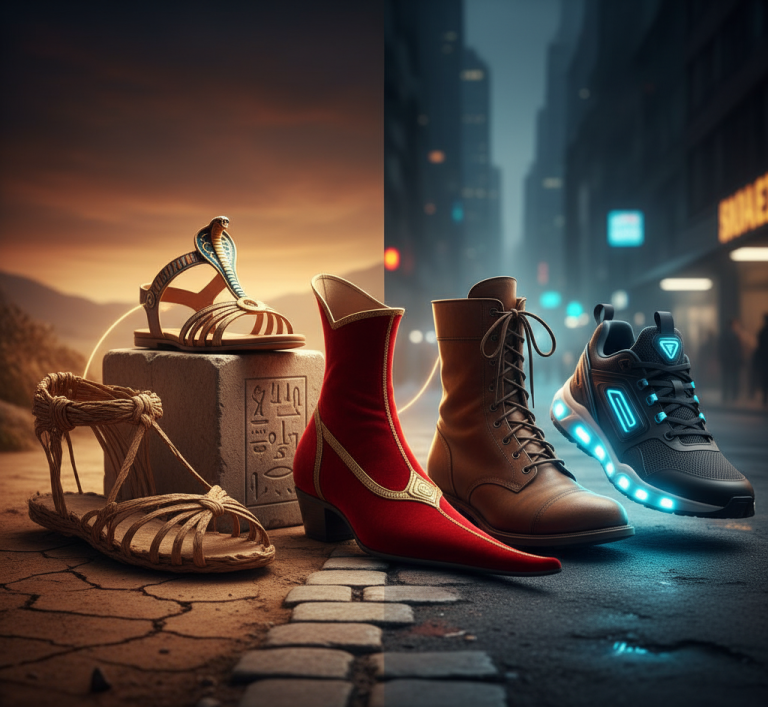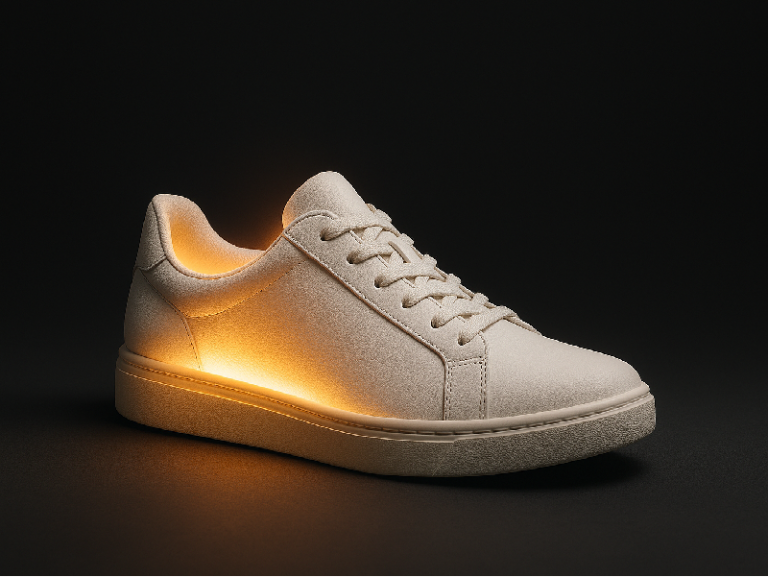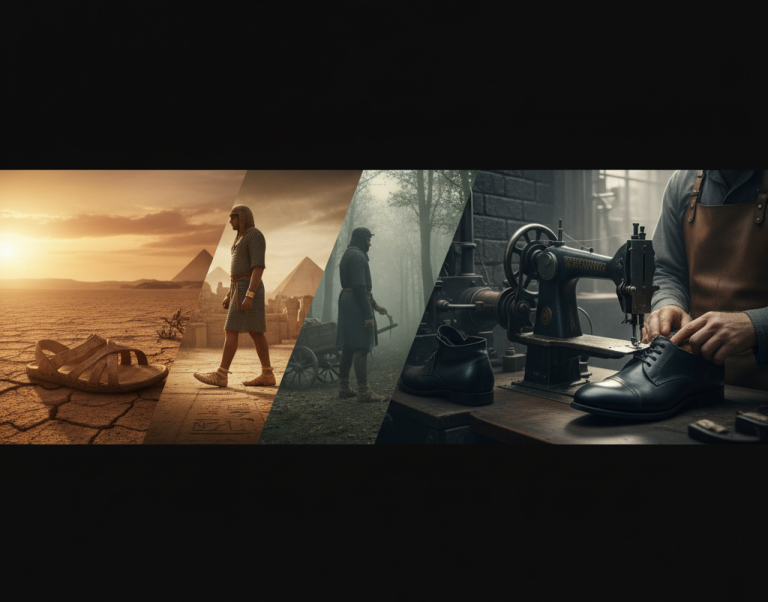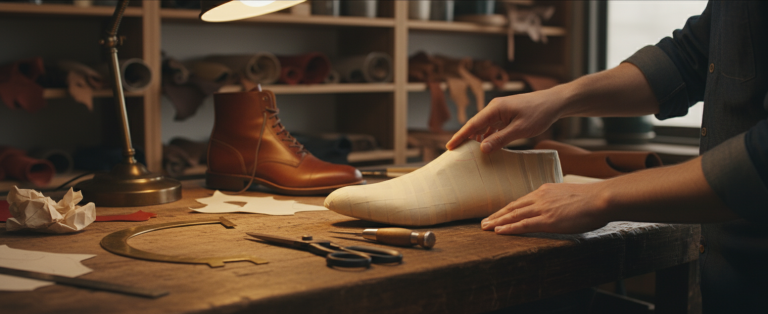Mastering Foot Anatomy: Bones, Muscles and Tendons Explained
Reading time: 7 minutes
Introduction
we launched our foot anatomy series. Specifically, we started with The Foundation of Your Comfort: A Deep Dive into the Anatomy of the Foot. In that post, we introduced the foot as a “work of art and a masterpiece of engineering,” as Michelangelo once described it.
But why is the foot so unique? First, no other creature has a heel bone that touches the ground. Second, it lacks a thumb-like big toe. Instead, humans have a straight-ahead big toe. Third, only we walk upright on two feet. Moreover, we do so with a compact, elegant stride. Clearly, this design sets us apart.
Today, however, we go much deeper. In fact, we’re building on that foundation. Now, we explore the foot’s structural core in detail. Specifically, we cover 26 bones and 32 muscles + tendons (19 intrinsic muscles + 13 extrinsic via tendons).
This knowledge isn’t just academic. Rather, it’s essential. For example, the Professional Shoe Fitting manual says:
“You are a ‘foot fitter’ before you are a ‘shoe fitter.’ You do not fit a foot into a shoe with the idea that the foot must adapt to the shoe. Instead, you fit a shoe onto the foot with the intent of adapting the shoe to the size and shape of the foot with the best mating possible.”
That’s why every pro fitter starts with anatomy. Simply put, the foot is the blueprint. Therefore, knowing its bones and muscles is non-negotiable. In short, it’s the key to comfort, performance, and injury prevention.
First, let’s look at the numbers. These stats show just how vital your feet are:
- Total bones in the body: 206
- Total bones in both feet: 52 — one-fourth of all bones
- Bones in one foot: 26
- Joints in one foot: 33
- Muscles acting on one foot: 32 (19 intrinsic + 13 extrinsic via tendons)
- Average steps in a lifetime: 115,000 miles — enough to circle Earth 4 times
These aren’t random facts. Instead, they prove nature’s priority. Clearly, the foot is mission-critical for movement, balance, and survival. Now, let’s break it down — section by section.
The Bony Framework: 26 Bones, Precision-Engineered
The foot has 26 bones — 7 tarsal, 5 metatarsal, 14 phalangeal, and 2 sesamoid (per foot). Most anatomists count 28 when including the sesamoids as standard, but traditionally, we say 26. Either way, this compact skeletal unit forms the rearfoot, midfoot, and forefoot — each with a specific job.
Tarsus (Hindfoot): 7 Bones — The Weight-Bearing Base
These 7 tarsal bones form the rearfoot and are larger and stronger to handle impact and body weight.
- Calcaneus (Heel Bone): Largest bone in the foot. Bears full body weight on heel strike. Serves as the insertion for the Achilles tendon. Its large size and chunky shape make it the prime stabilizer in standing and the impact absorber in walking.
- Talus (Ankle Bone): The only bone connecting the foot to the leg. Sits atop the calcaneus. Transmits 100% of body weight from the tibia into the foot. Known anatomically as the astragalus. Its Latin name reflects its role as the lower leg-to-foot joint.
- Navicular, Cuboid, and 3 Cuneiforms (Medial, Intermediate, Lateral): These 5 bones form the midfoot arch complex. The navicular is boat-shaped and critical to arch height. The cuboid anchors the outer foot. The cuneiforms wedge together to lock the midfoot during push-off.
Key Insight: The tarsus contains the largest bone (calcaneus) and the only bone that connects to the leg (talus). Moreover, it’s the foundation of the longitudinal arch.
Metatarsus (Midfoot): 5 Long Bones — The Lever System
Five Metatarsal Bones: Finger-like bones that form the ball of the foot.
- 1st Metatarsal: Shortest, thickest — bears twice the load of the others during push-off.
- 2nd–5th Metatarsals: Longer, more slender. The 2nd is the longest and most prone to stress fractures.
Each has a base (proximal, connects to tarsus), shaft, and head (distal, connects to toes). The metatarsal heads form the “ball” of the foot — the primary propulsion platform.
Did You Know? There are spaces between the metatarsal shafts for a reason: they allow flexibility and shock absorption. However, these gaps also mean the 1st and 5th metatarsals are weight-bearing pillars — like the outer edges of a bridge.
Phalanges (Forefoot): 14 Toe Bones — Balance and Grip
- Big Toe (Hallux): 2 bones (proximal, distal)
- Toes 2–5: 3 bones each (proximal, middle, distal)
- Total: 14 phalangeal bones
The big toe is straight-ahead (not opposable like a thumb) — a evolutionary adaptation for bipedal locomotion. It provides final push-off power and balance control.
Sesamoid Bones: 2 “Extra” Bones — Nature’s Pulleys
- Two pea-sized bones under the 1st metatarsal head.
- Embedded in the flexor hallucis longus tendon.
- Act like pulleys to increase leverage and protect the tendon during toe-off.
- Not counted in the 26 by some, but always present and functionally vital.
Clinical Note: Sesamoiditis or fracture can cause sharp pain under the big toe joint — often misdiagnosed as a “stone bruise.”
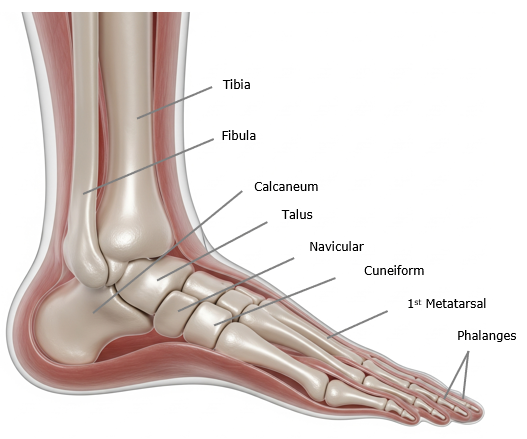
Muscles and Tendons: 32 Total Movers (19 Intrinsic + 13 Extrinsic)
The foot has 32 muscles involved in movement:
- 19 intrinsic muscles (originate and insert within the foot)
- 13 extrinsic muscles (originate in the leg, insert via tendons into the foot)
These work in opposing pairs — flexors vs. extensors, abductors vs. adductors — to create smooth, controlled motion.
Dorsum Muscles (Top of Foot): The Extensors
- Extensor Digitorum Longus (EDL): Lifts toes 2–5
- Extensor Hallucis Longus (EHL): Lifts the big toe
- Extensor Digitorum Brevis (EDB): Assists EDL on the dorsum
- Purpose: Clear the toes during swing phase of gait. Thus, Prevent tripping.
Plantar Muscles (Sole of Foot): 4 Layers of Power
The sole has 4 muscle layers — like a high-performance sandwich:
- 1st Layer: Abductor Hallucis, Flexor Digitorum Brevis, Abductor Digiti Minimi
- 2nd Layer: Quadratus Plantae, Lumbricals
- 3rd Layer: Flexor Hallucis Brevis, Adductor Hallucis, Flexor Digiti Minimi Brevis
- 4th Layer: Plantar Interossei, Dorsal Interossei
Key Insight: These muscles support the arches, stabilize the toes, and fine-tune balance.
Achilles Tendon: The Most Powerful Tendon in the Body
- Connects gastrocnemius + soleus (calf) to calcaneus
- Thickest and strongest tendon in the human body
- Generates up to 10x body weight in force during sprinting
- Elastic energy storage: Acts like a spring — stores energy on landing, releases it on push-off
- Most powerful tendon in the body — and the most injured (Achilles rupture, tendinitis)
Pro Fitter Tip: A tight Achilles shortens stride and increases plantar fascia strain. Therefore, always check ankle dorsiflexion during fitting.

Conclusion: Your Foot Is a Masterpiece — Treat It Like One
The human foot is not a simple platform. Instead , it is:
- 26 bones (7 tarsal, 5 metatarsal, 14 phalangeal, 2 sesamoid)
- 32 muscles (19 intrinsic, 13 extrinsic via tendons)
- 33 joints — for flexibility and shock absorption
- A design so advanced, Michelangelo called it a “work of art”
Every step you take relies on this system working in harmony. A misaligned calcaneus strains the Achilles. Weak plantar muscles collapse the arch.
But when you understand the anatomy — and fit shoes to the foot, not the foot to the shoe — you unlock pain-free movement, better posture, and long-term foot health.
Next in Series:
Foot Anatomy Part 3: Ligaments, Nerves, Blood Vessels, Joints, and Arches — coming soon.
Pro Fitter Action Step:
Next time you fit a customer (or try on shoes), ask:
- “Can you wiggle your phalanges?”
- “Does your heel lock without slipping?”
- “Do you feel arch support — or pressure?”
Your feet carry you 115,000 miles. So, give them the respect — and the fit — they deserve.
Note : AI-generated anatomical visualization. Color coding and layering are enhanced for educational purposes.

